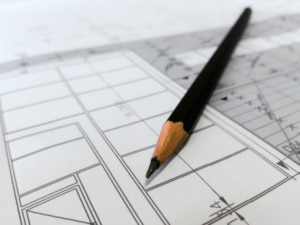
With many big-picture components involved in planning a renovation, it’s easy to overlook smaller technologies like people counting sensors.
But there are benefits to incorporating their installation into the planning stages of a renovation as opposed to adding them to the punch list.
Installation isn’t complex, it simply requires a network cable run to the ceiling in front of the entrance where the sensor is to be mounted, a few holes drilled and screwed into place. However, when your renovation project entails historical buildings, modern design, or other architecture with complex ceiling types, the installation will be more involved.
Early Considerations
A couple early considerations include your ceiling type and design elements. Ceiling-types such as glass or marble or ceilings with painted murals may require extra planning for installing a sensor. Also, the door counter placement should be taken into consideration when deciding where to arrange design elements. For example, ceilings draped with flags or fabric, hanging signs or fans can all obstruct the field of view. Realizing these hurdles at the end of a renovation can be expensive and time consuming to remedy.
Trust the Experts
When SenSource is involved in the planning stages of your renovation, we can discuss these common oversights to ensure your people counting sensors are installed without a hitch. Because we work with customers of various industries and sizes, we are experienced in finding solutions to complex installations, ensuring consistently accurate traffic data at the end of the day.

